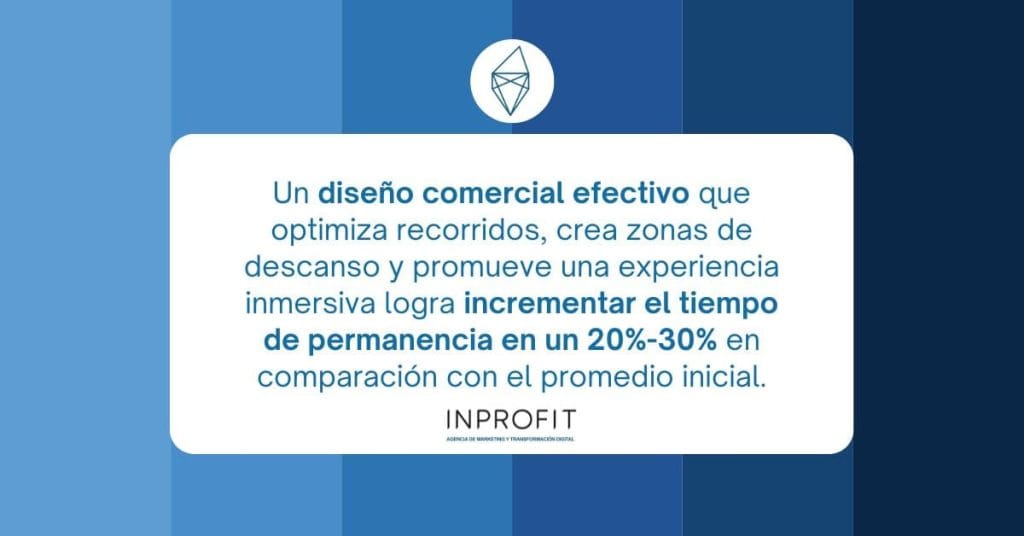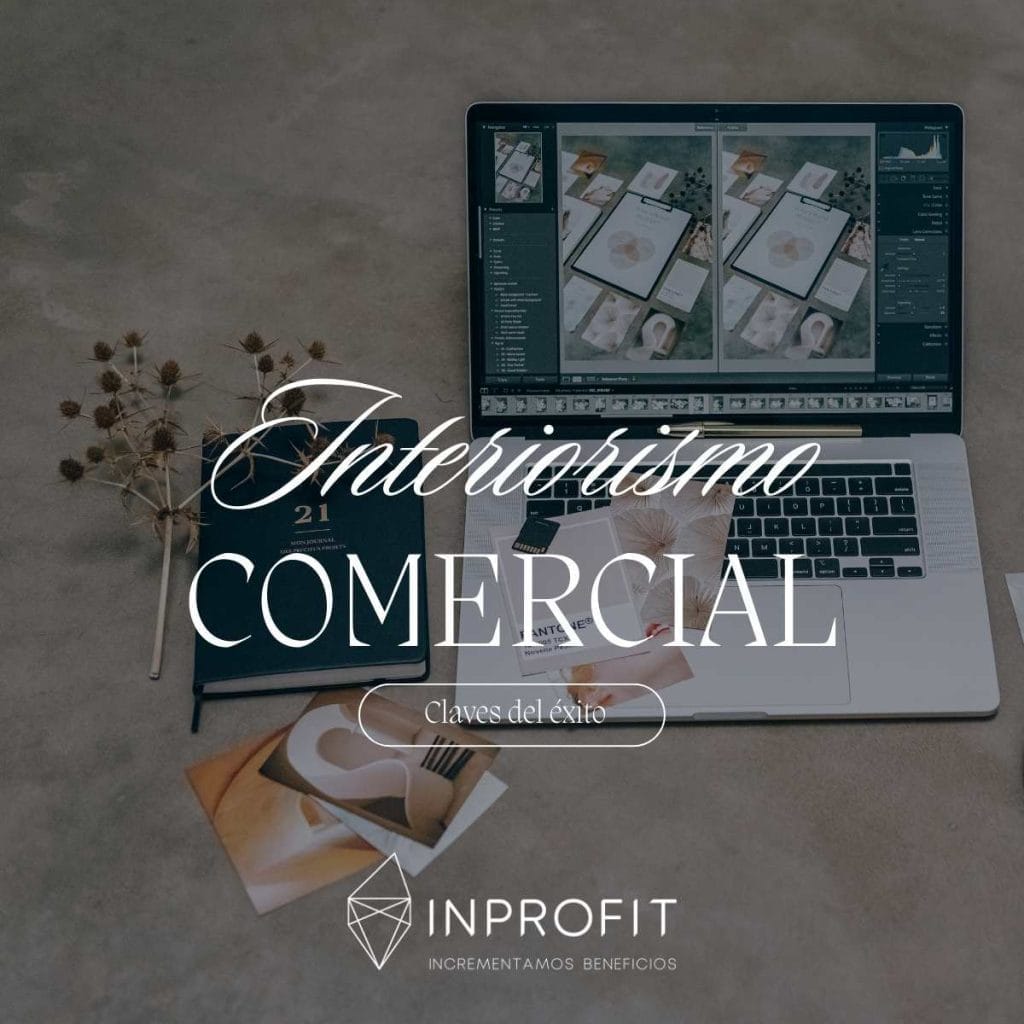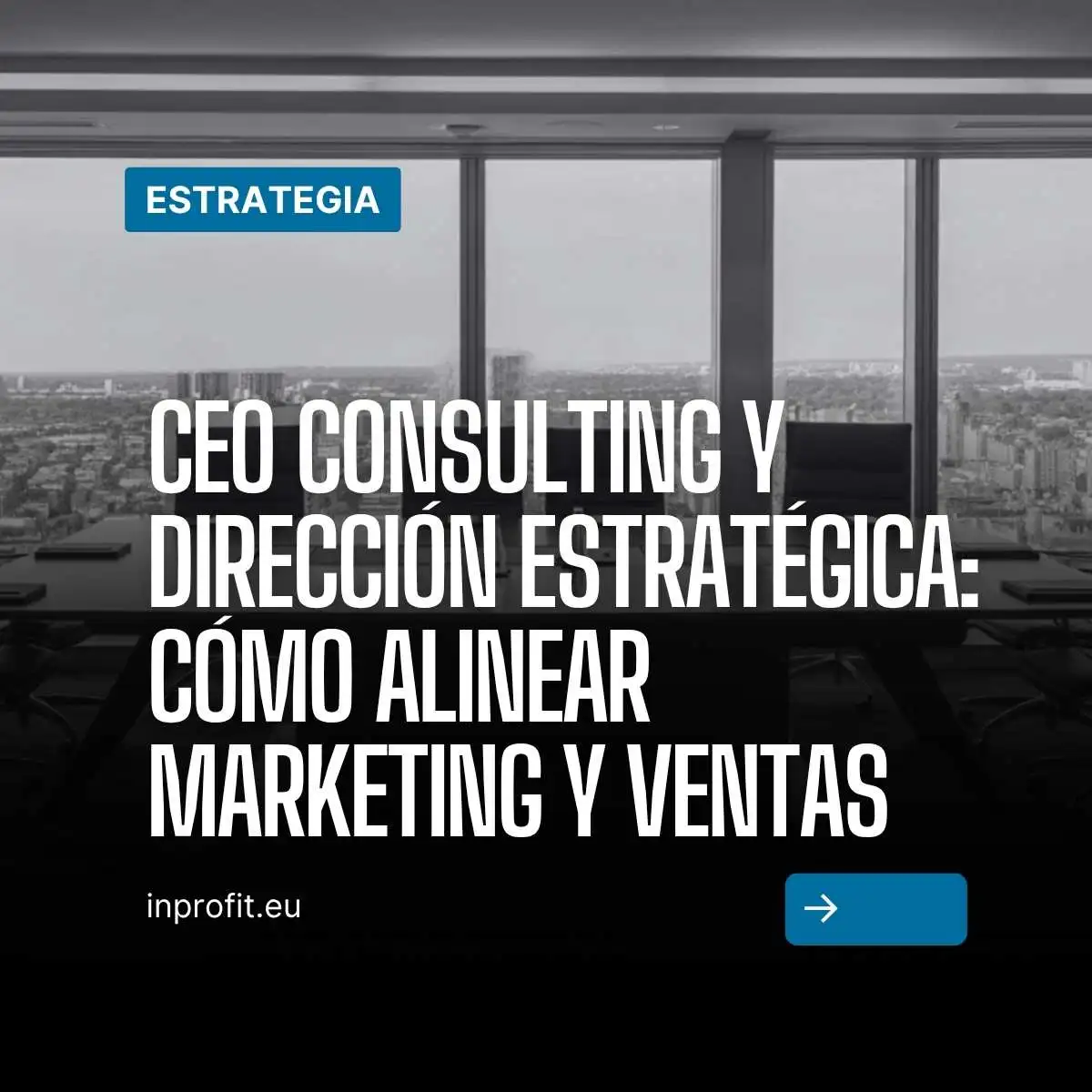Today, retail interior design has become a strategic tool that combines functionality, aesthetics and psychology to optimize the customer experience and maximize sales. In an environment where consumers value the experience as much as the product, a well-designed retail space can be the differentiating factor that puts a brand ahead of its competition.
In this article, we will explore the keys to success in commercial interior design, from fundamental principles to the latest trends. In addition, we will provide practical examples and tips for professionals looking to excel in this field.
Consumer psychology
Commercial interior design is not just about creating a beautiful space, but designing an environment that positively influences consumer behavior. Understanding how people perceive and react to environmental stimuli is crucial to creating a successful design.
Key elements of consumer psychology:
- Colors: Colors not only convey emotions, but can also influence purchasing decisions. For example, red is energizing and can stimulate impulse purchases, while blue conveys confidence and calm.
- Lighting: The right lighting can direct customer attention to key products. Warm lighting can make a space feel inviting, while focused lighting highlights specific items.
- Space layout: Customers tend to move in specific patterns within a store. Knowing these patterns allows you to design routes that maximize exposure to products.
Practical example:
A clothing store uses warm lights and neutral colors to create a welcoming atmosphere in the fitting room areas, where customers need to feel comfortable to make purchasing decisions.
Designing for customer experience
The customer should be at the center of any retail interior design project. Designing spaces that facilitate a smooth and pleasant experience is essential to attract and retain shoppers.
Accessibility: An inclusive design that allows easy access for all people, including those with disabilities.
Smooth flow: Customers should be able to move easily through the space without feeling overwhelmed. This is achieved through clear signage and a logical arrangement of products.
Relaxation areas: Incorporating areas where customers can relax, such as benches or waiting areas, improves their overall experience and increases the time they spend in the store.
Practical example:
IKEA stores are a benchmark in creating predefined paths that guide the customer through all areas, maximizing exposure to their products while maintaining an orderly experience.
The importance of Brand Identity
The design of a retail space should reflect the brand’s identity and values. Customers need to feel an emotional connection with the space to make their experience memorable.
How to integrate brand identity into the design?
Brand identity is the soul of any retail space, and its integration into the design is key to ensuring that customers not only recognize the brand, but also feel and live it. To achieve this, it is essential to use visual elements such as colors, typography and materials that reflect the brand’s personality. For example, a brand that values sustainability may opt for recycled or natural materials, while a technology brand might lean toward minimalist designs and metallic finishes. In addition, including unique elements such as three-dimensional logos, iconic phrases or unique patterns helps reinforce recognition and emotional connection with visitors.
The customer experience must also be aligned with the brand promise. This means designing functional spaces that are not only attractive, but also consistent with the company’s values. If the brand is focused on innovation, incorporating technology such as interactive displays or smart lighting can reinforce that message. On the other hand, for more traditional or artisanal brands, a warm design, with wooden furniture or natural textures, can convey authenticity and closeness. The key is to maintain total consistency between what the customer sees, feels and experiences, so that every interaction in the retail space is a true reflection of the brand.
Innovation and Technology in commercial interior design
Technology is transforming the way designers approach commercial interior design. Integrating technology solutions not only modernizes spaces, but also enhances the customer experience.
Technological trends in commercial interior design:
- Interactive Displays: Ideal for displaying information about products or promotions.
- Intelligent lighting: Allows you to change the ambiance of the space depending on the time of day or occasion.
- Augmented Reality (AR): Provides immersive experiences, such as visualizing how a piece of furniture would look at home.
- Internet of Things (IoT): Enables the collection of data on customer behavior to optimize design and layout.
But not only technology monopolizes trends and innovation in interior decoration, sensory experiences form a great ally of this strategy as well.
Strategy and emotions?
Strategic retail interior design focuses on aligning space design with business and brand objectives, maximizing both functionality and customer experience. Here, design is not merely aesthetic, but a catalyst for measurable results, such as increased dwell time or increased sales. From the strategic arrangement of products in high-traffic areas to the optimization of intuitive paths that guide the customer to discover the most relevant offerings, every detail of the space serves a clear and measurable purpose. This strategic approach turns interior design into a business tool that drives conversion and loyalty.

By incorporating the sensory dimension, retail interior design elevates the customer experience to an emotional, multi-sensory level. Elements such as warm lighting, aromas that evoke well-being, carefully selected music and pleasant-to-the-touch textures create an immersive atmosphere that engages the senses and creates a lasting impression. This sensory approach enhances the impact of strategic design by influencing the customer’s emotional state, promoting positive purchasing decisions and reinforcing the perception of the brand as unique and memorable. Together, strategic and sensory interior design not only design spaces, but create experiences that transcend the purchase.
Designing for sustainability
Sustainability is not just a trend, but a necessity in retail design. Consumers increasingly value brands that demonstrate a real commitment to the environment.
Sustainable design strategies:
- Ecological materials: Use certified woods, paints without volatile organic compounds and recycled textiles.
- Energy optimization: Incorporate LED lighting and efficient ventilation systems.
- Modular design: Flexible spaces that can be adapted without major renovations.
Practical example:
The Patagonia brand reflects its commitment to sustainability by using recycled materials in the construction of its stores and 100% LED lighting.
Analysis of success stories
Nothing exemplifies the impact of commercial interior design better than the success stories of well-known brands. Here we explore three outstanding examples:
1. Apple Store
Apple stores are an iconic example of how design can reflect simplicity and innovation. Open spaces, strategic lighting and minimalist design make the products the absolute protagonists.
Nike House of Innovation
Nike combines technology and immersive design in its flagship stores, such as the one in New York. Customers can customize products in real time and explore the brand’s history through interactive displays.
3. Eataly
This chain of Italian markets integrates the shopping experience with the dining experience. Spaces are designed to encourage interaction and discovery, creating a unique atmosphere that invites customers to stay longer.
Keys for designers and owners
To successfully implement a commercial interior design project, designers and owners should follow these recommendations:
- Early collaboration: Designers, owners and contractors should work together from the beginning to ensure a functional and aesthetic design.
- Realistic budget: Plan the project with a clear budget, including a provision for contingencies.
- Adaptability: Design spaces that can evolve with market trends and needs.
- User testing: Before opening the store, conduct tests with real customers to identify areas for improvement.
Interior design as a strategy for success
Commercial interior design is not only an art, but a science that combines design, psychology and technology to create spaces that positively impact the customer and business results. From the choice of colors and materials to the integration of technology and sustainability, every detail counts to turn a retail space into a unique experience.
For design professionals and business owners, investing in strategic interior design is not only a competitive advantage, but a necessity in an ever-changing marketplace. A well-executed design will not only attract more customers, but also build customer loyalty, ensuring long-term success.
Discover this and much more by consulting Inprofit, Agency 360.




